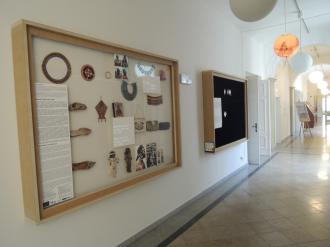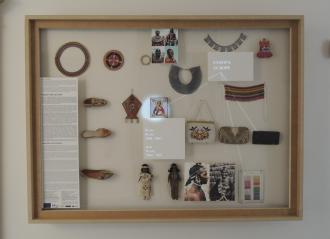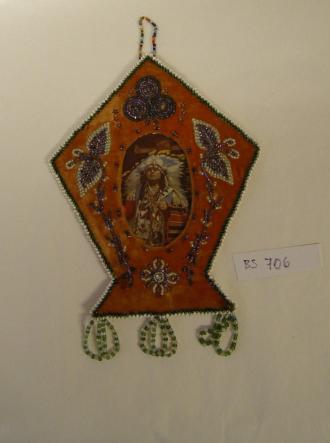How to do it step by step
1st Step:
Choosing the topic
In the beginning, we wanted to show the relationship between local production and global trade. Since we planned to place the installation in the Museum of Usti nad Labem, we wanted to choose a topic that would have a connection to the installation’s surroundings. We chose between four typical products from North-West Bohemia – flat glass, china, crystal and seed beads. We discussed it with some experts from the Glass and Jewellery Museum in Jablonec nad Nisou and finally we chose the seed beads. This step took us about two weeks.
2nd Step:
Gathering information
As a next step, we had to gather information on the history of trade. We contacted an expert from the Glass and Jewellery Museum in Jablonec nad Nisou who prepared a large part of the installation and chose some museum artefacts to accompany the installation.
After this we negotiated with the Municipal Museum in Usti nad Labem about setting up the installation in the museum. This second step took us about three weeks.
3rd Step:
Preparing the exhibition
After reaching an agreement with the Municipal Museum in Usti nad Labem, we contacted the artist Richard Loskot, who agreed to create the installation in line with our requirements. This step took us around five weeks.
4th Step:
Installing it in the museum
The fourth step was installing it in the Municipal Museum of Usti nad Labem, which took us about a week to complete.





















